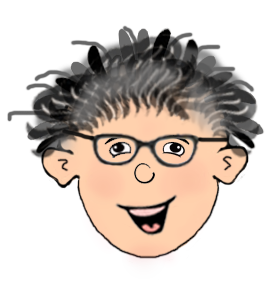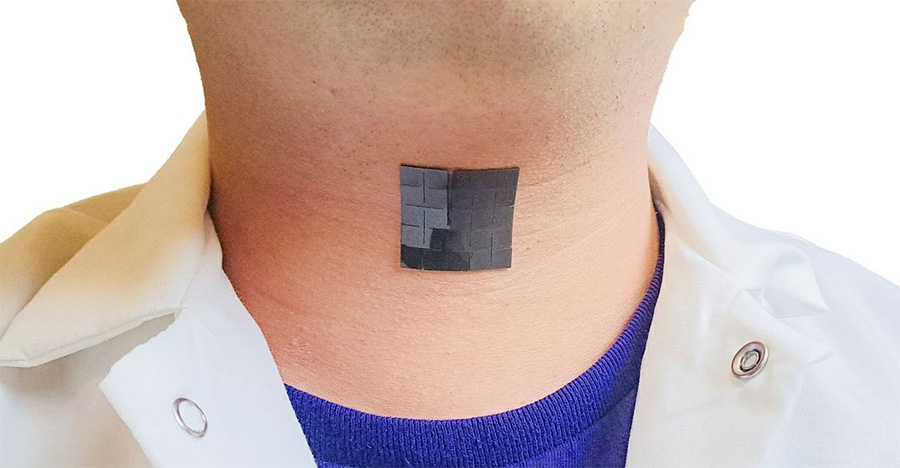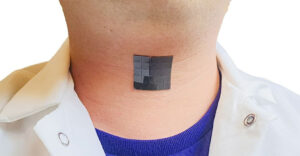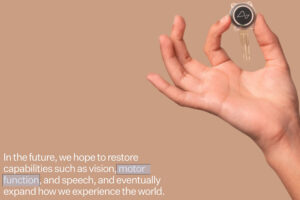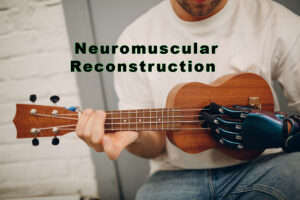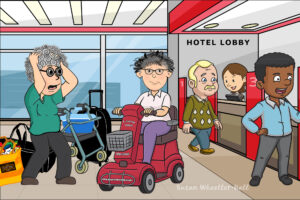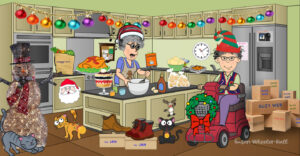Giving Voice Back: A Game-Changer from UCLA and Hope for CMT and other patients with vocal cord impairments.
More exciting AI-related health news to tell you about. Before I begin, I cannot tell you how many times in restaurants and other places I have been asked to ‘speak up!’ Now, I don’t like to cuss but xxmn, if I could speak louder I would. Having a low breathy voice makes talking in public tricky and when trying to argue, well …that’s a no-can-do.
The future sounds bright thanks to the bioengineering world at UCLA. They’ve come up with a tiny patch-like aid that could have a big impact on the lives of people who struggle with their voices. This will benefit people with various health issues who have vocal cord impairment.
The UCLA Voice Buddy
Picture this: A sleek, wafier thin, flexible little patch that sticks right onto your neck and can translate the slight movement(s) of your larynx into spoken words using some smart AI technology. It’s like having a translator who speaks ‘throat,’ turning muscle moves into chat without undergoing surgery or any real fuss. The team behind this wizardry tested it and achieved a whopping 94.68% accuracy in getting the movements turned into words. For anyone who’s had to deal with the aftermath of vocal cord surgery or conditions messing with our ability to speak, this thing sounds like a dream come true.
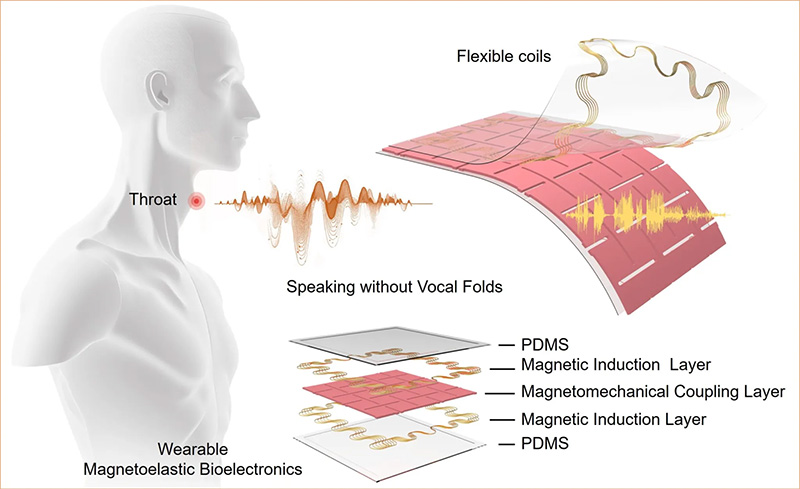
How It Hits Home for CMT Patients
As for the Charcot-Marie-Tooth disease side of things, not all, but some patients have both central and autonomic nervous system involvement. The autonomic aspect can create limitations on our vocal cords. My brother is very impaired whereas I am less so by comparison (which we usually don’t like to do).
As I mentioned, dealing with a soft, whispery voice, and not being able to belt out sounds is frustrating. And while medical specialists do try to help, there is little that can be done. That’s why the idea of having a non-surgical option such as with this new device is a big deal. It means there could be simpler, less invasive ways to help us chat more easily.
Looking Ahead
What the UCLA team has innovated is more than just a piece of tech; it’s a peek into a future where getting help for voice disorders doesn’t have to be so daunting. And for those of us in the CMT community dealing with this rarer side of the condition, it’s a spark of hope.
For many it could be a step toward reclaiming one of the most human things about us—our ability to connect through words. Here’s to speaking up and being heard, with a little help from our friends at UCLA.
Check out the video below.
